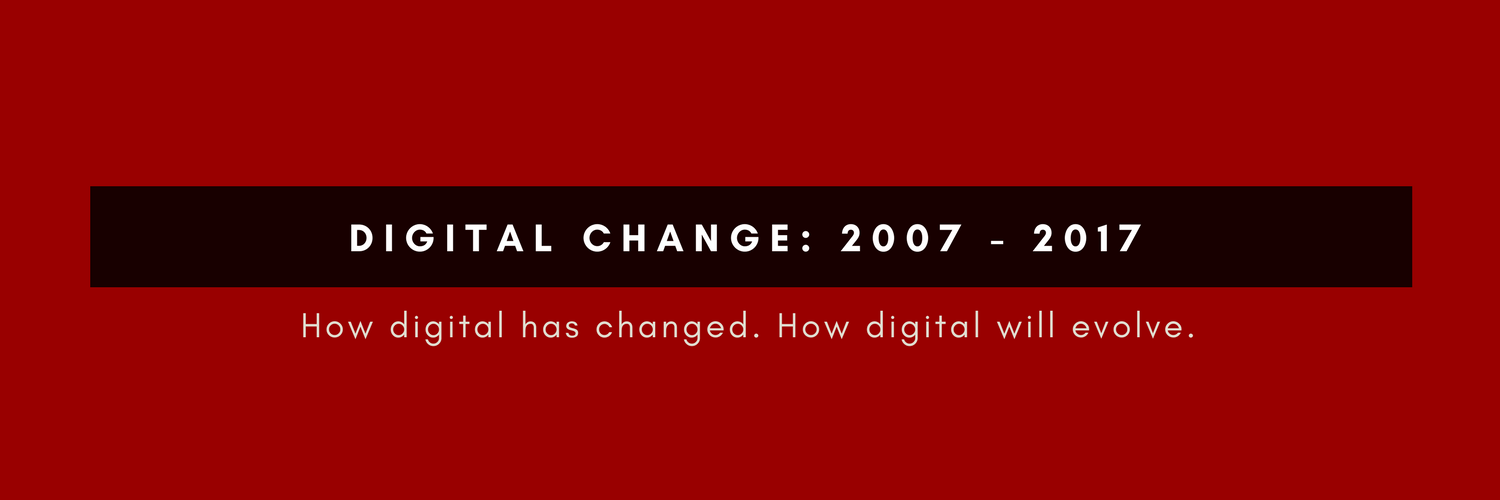
So yes, Governance, Organization, Making it work, etc; they are all ugly words. At least they are enough to put you to sleep just thinking about them. With the increase in complexity, comes an increase in the organization necessary to support it. Let’s look at a typical organization supporting a site in 2007. I say this is typical because even then, the most trafficed ecommerce sites had more than this but they were always the exception rather than the rule
2007 Organization
Business
- Site Sponsor and this varied a lot. Marketing didn’t necessarily own it. If they did own it, the role may not have merited a director yet.
- Content Publisher
- Content Authors (between 2-5)
IT
- IT Director
- Web Content Developers (.5-3)
- Architect
- System Administrator (part time)
- WCM Administrator (part time and usually combined with another role)
- Site Monitoring (part time)
- DBA (really part time)
- Load testing and performance testing team (part time)
Creative
- Visual Designer and User Interface Developer
- UX Architect at the beginning
- UX researcher at the beginning
2017 Organization
So times have changed and so has the type and number of people. For brevity’s sake, assume that the above remains the same unless I note a difference.
Business
- Site Owner who is at least a director level
- Content Development Manager
- Content Authors (between 2-5)
- Content Production Team who creates images and content)
- Product owners for mobile, web, social, etc.
- Analytics Owners
- Testing Owner
- Personalization Manager (may be combined with testing owner and digital marketers)
IT
- More committed development team
- Analytics support resource
- Testing support resource
Creative
- Visual Designer and User Interface Developer
- UX Architect at the beginning
- UX researcher at the beginning
Analytics and Testing (Digital Marketing)
- SEO/SEM Expert
- Analytics and Testing resource(s)
- Additional resources as needed for campaign support and other tasks
- Data scientist or at least a data owner. Someone has to manage profile segments and a host of other analytics
Bottom Line
Once again, the diversity of channels and the increasing importance of those channels have added a number of resources. Notice that the increase is focused on understanding what’s happening in those channels and in creating a more optimized and personalized experience.
This is what the competition is doing. What are you doing?

